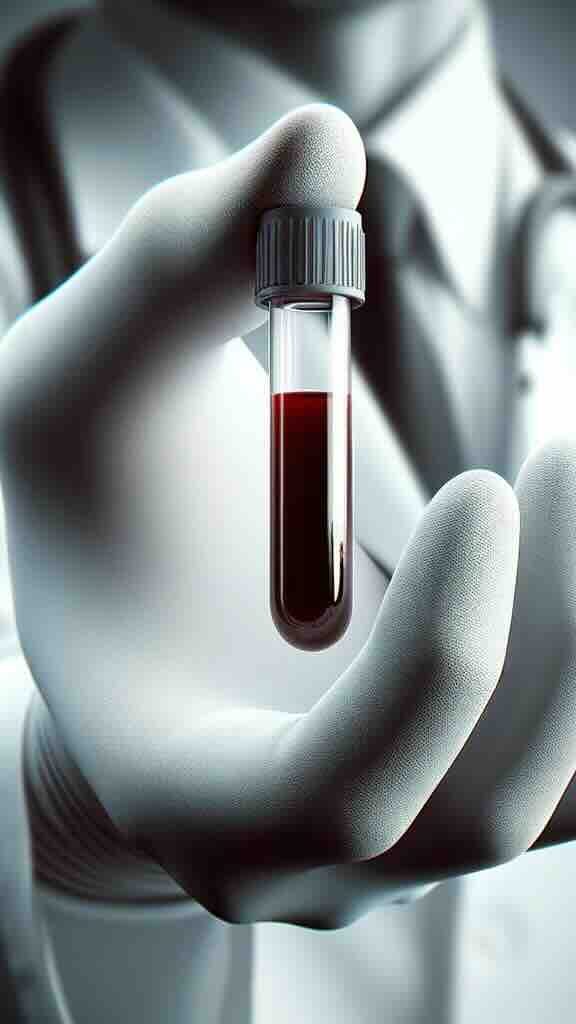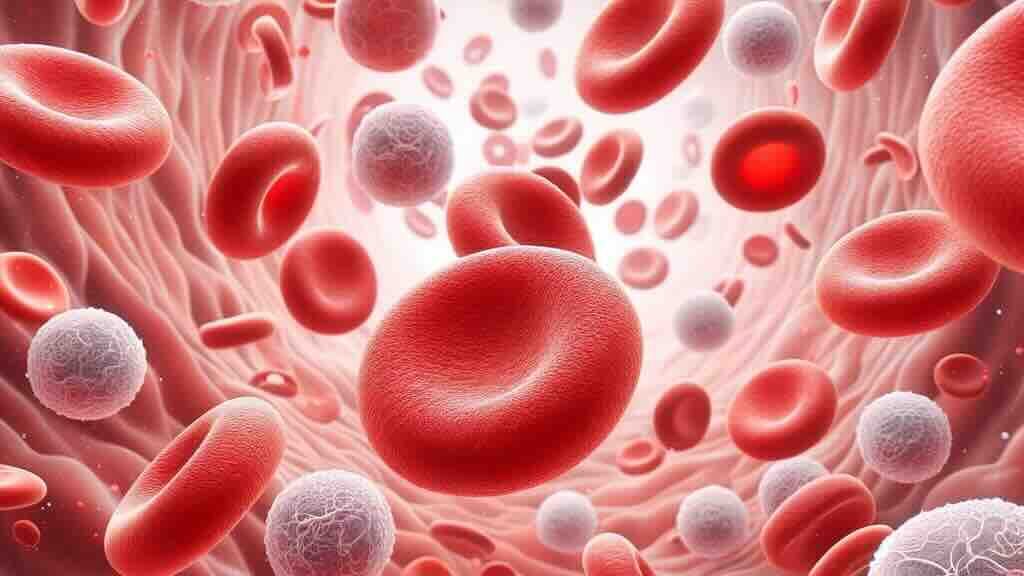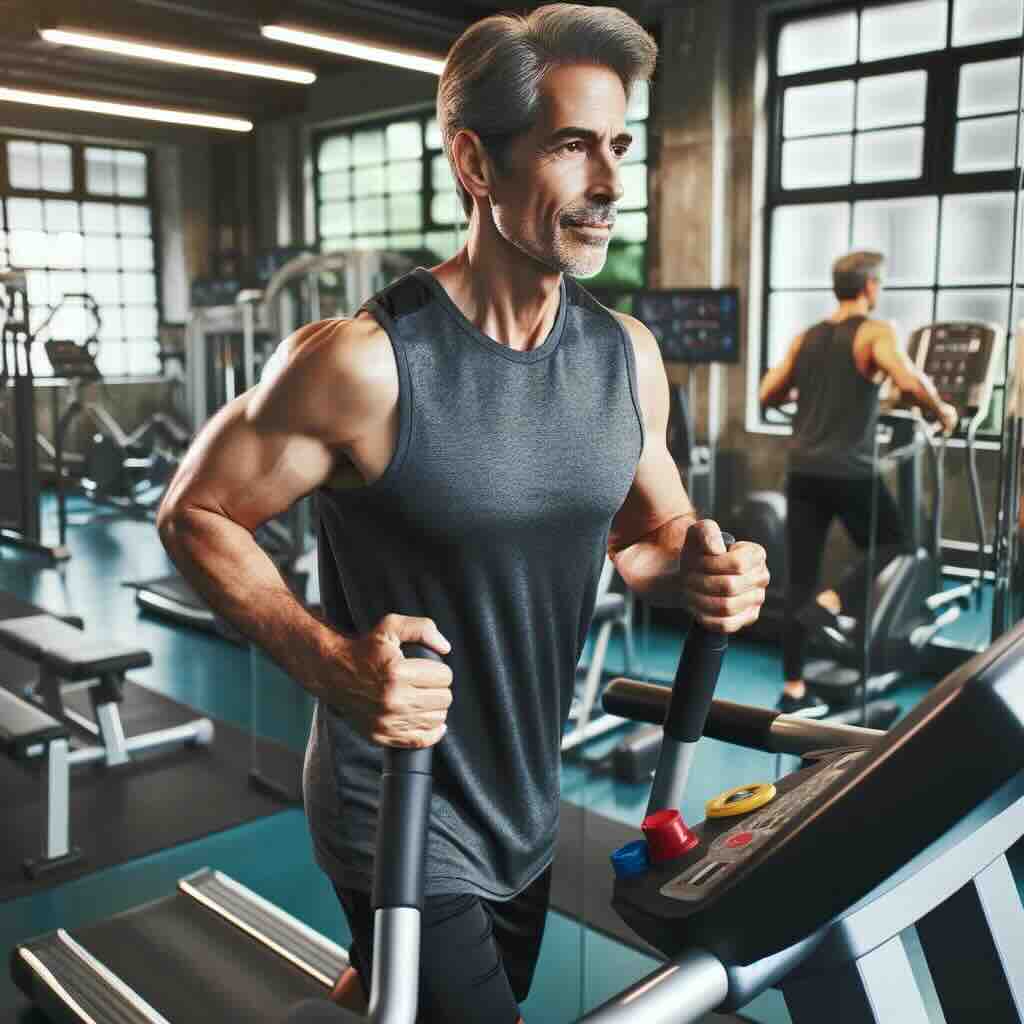How often do you check your blood levels? As men over 40, prioritising our well-being is not just about disease prevention; it’s a proactive step towards ensuring longevity and enhancing our quality of life. Regular screenings offer a window into our body’s functioning, allowing us to address potential health issues before they escalate. With these eight key blood tests, you could identify and prevent any physical challenges that may emerge.
Today’s Focus of Attention is reader-supported. We sometimes include products we think are useful for our readers. If you buy through links on this page, we may earn a small commission.
Test 1: Prostate-Specific Antigen (PSA)

This test measures the level of prostate-specific antigen in the blood, an index of prostate health.
Over 52,300 men in England are diagnosed with prostate cancer every year. This is around 140 per day. Of those, around 12,000 die from the disease. In the US, the figure is more alarming. In 2023, 288,300 cases were detected with around 34,700 deaths.
Importance: Crucial for early detection and treatment of prostate cancer since high PSA concentrations can suggest the presence of the disease.
Frequency: For 40–45 years old, most organisations recommend a single baseline PSA exam to establish a reference point, but a routine screening isn’t advised at this age.
However, the American Cancer Society says that a strong family history of prostate cancer, African race, or Hispanic ethnicity may need more frequent screenings.
Also, based on a doctor’s advice, a Digital Rectal Exam (DRE) could be combined with a PSA for a more accurate diagnosis.
Test 2: Complete Blood Count (CBC)
A CBC measures various components, including red and white blood cells and platelets.
Importance: It has a significant diagnostic value as it helps detect a range of conditions, from anaemia to infections.
Frequency: Although there’s no one-size-fits-all answer, some guidelines recommend annual CBCs for men over 50 and 65.

Test 3: Lipid Panel (LP)

An LP examines the levels of cholesterol and triglycerides in the blood.
Importance: Key in evaluating and preventing cardiovascular disease and stroke risk.
Frequency: Can vary depending on factors, such as changes in cholesterol count, elevated blood pressure, or pre-existing circulatory abnormalities.
On average, this test is done every four years, but for men with cardiovascular conditions, it should be yearly. However, your doctor may recommend adjustments based on your family history and circumstances, including smoking, inactivity, or underlying illnesses like diabetes.
Test 4: Thyroid-Stimulating Hormone (TSH)
This analysis measures the level of thyroid-stimulating hormone to assess thyroid function.
An estimated 200 million people worldwide are affected by thyroid problems (hyperthyroidism and hypothyroidism). And 40% of the world’s population is at risk of iodine deficiency, a pivotal nutrient in the production of thyroid hormones.
Importance: Essential for the early detection of thyroid issues and to prevent more serious health problems.
Frequency: Unlike CBCs or PSAs tests, most guidelines do not recommend routine TSH testing for men without symptoms or risk factors.
This is because the prevalence of thyroid disorders in this age group is relatively low, but your doctor may suggest the test if you experience fatigue, weight fluctuations, hair loss, mood swings, or changes in sleep patterns.
Medical conditions such as autoimmune diseases or Type 1 diabetes increase the chance of thyroid dysfunction and warrant TSH testing.

Test 5: Haemoglobin A1C (HbA1C)

This one shows average blood sugar levels. About 537 million adults (20-79 years) are living with diabetes around the world. But in low- and middle-income countries, this figure is 3 in 4 adults.
Importance: Essential for early detection, management, and prevention of diabetes.
Frequency: If you don’t have any risk factors including hyperglycaemia, obesity, or a family history of diabetes, the American Diabetes Association (ADA) advises the HbA1C test triennially, starting at 45.
But if your factors are higher, the ADA recommends testing between one and two years.
With diabetes, everything changes. Your doctor would determine the frequency based on the type and severity of your metabolic disorder, general condition, and your treatment plan. This may involve evaluations every 3–6 months or even more often.
Test 6: Vitamin D
Here, medical professionals measure the levels of this organic compound, important for a robust skeletal system.
As stated by the International Osteoporosis Foundation, more than 200 million people worldwide suffer from osteoporosis.
Importance: Crucial for preventing bone disorders and diseases while maintaining overall health.
Frequency: If you have suggestive symptoms like bone pain, muscle weakness, or fatigue, your physician may recommend having this test.
The National Osteoporosis Foundation recommends this analysis for those at risk or with osteoporosis.

Test 7: Kidney Function (KF)

Through this one, physicians assess how well the kidneys are filtering blood.
Importance: Key to the early detection of renal diseases and the prevention of serious complications.
Frequency: The US Preventive Services Task Force (USPSTF) doesn’t recommend routine tests of this kind, except for adults with specific symptoms.
With blood in your urine, frequent urination, high blood pressure, or unexplained swelling, your doctor may justify a kidney function exam as part of the diagnostic workup. Having a family history of kidney disease, diabetes, or autoimmune illness might increase the risk of renal failure and call for monitoring.
Test 8: Sex Hormone-Binding Globulin (SHBG)
Doctors propose this lab work to measure levels of sex hormone-binding globulin, which binds to sex hormones. In the United States, 1 in every 4 men over 30 are affected by low testosterone.
Importance: It’s an indicator of various hormonal variations and helps in detecting and managing disorders.
Frequency: SHBG is often measured along with total testosterone to assess the presence of free testosterone in the body. If you’re already diagnosed with hypogonadism (androgen imbalance) or prostate cancer, your specialist may keep an eye on the SHBG levels.
Common symptoms justifying this test include low libido, erectile dysfunction, unexplained weight changes, or breast enlargement.

These eight blood tests are vital tools in your journey towards a healthier, more vibrant life after 40. Taking charge of your health is a decision that rewards not only you but also your loved ones who count on your well-being. Don’t wait for symptoms to reveal that something’s wrong. Be proactive. Pick up your phone right now and call your doctor’s office.
Schedule your screenings, discuss the results with your doctor, and step confidently into a future where you’re at your healthiest and happiest. Your next chapter is waiting, and it begins with this crucial stride towards self-care. Remember, your health is your wealth.


